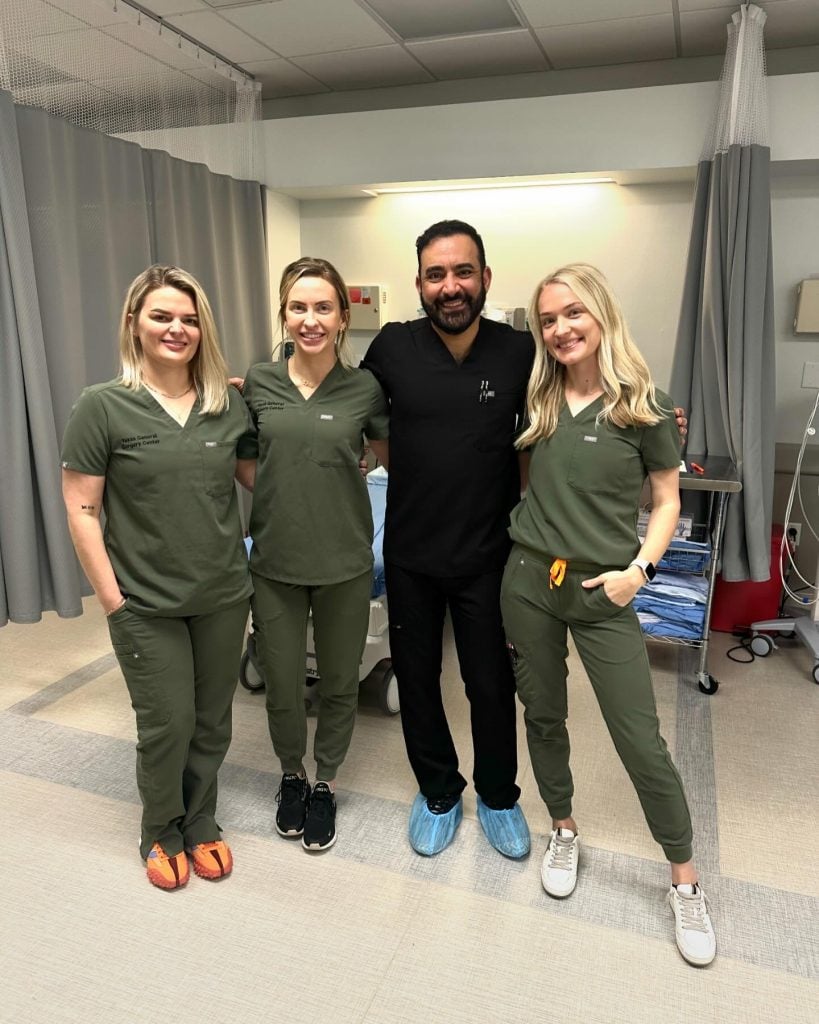Arthritis pain can make daily life difficult. If you’ve tried traditional treatments like pain medication or physical therapy without success, you may be wondering: is PRP therapy for arthritis effective? Science says it can be a promising option for many people.
How PRP Therapy Works for Arthritis
Platelet-rich plasma (PRP) therapy is a regenerative treatment that uses your body’s own healing power to reduce joint pain and inflammation. A small amount of your blood is drawn, processed to concentrate the platelets, and injected into the affected joint. These platelets release growth factors that support tissue repair and may slow arthritis progression.
What Science Says About PRP for Arthritis
- Research shows PRP injections can help improve pain and function in knee arthritis.
- Studies suggest PRP may be more effective than steroid injections for long-term relief.
- Some experts believe PRP could slow cartilage breakdown, though more research is needed.
According to Dr. Ghalambor of NorTex Spine & Joint Institute, “PRP therapy offers a natural way to manage arthritis pain. Many of our patients have seen noticeable improvements in mobility and comfort after treatment.”
PRP vs. Traditional Arthritis Treatments
How does PRP compare to other options?
- Medications: Pain relievers work temporarily but don’t treat the root cause.
- Steroid Injections: May provide short-term relief but can weaken joints over time.
- Physical Therapy: Helps strengthen muscles but may not be enough for severe cases.
- Surgery: A last resort when joint damage is severe.
PRP therapy stands out because it uses your body’s own healing factors, potentially reducing the need for long-term medication or surgery.
Who is a Good Candidate for PRP Therapy?
You may benefit from PRP therapy if:
- You have mild to moderate arthritis.
- You want to avoid or delay surgery.
- Other treatments have not provided lasting relief.
- You are looking for a natural, low-risk option.
Dr. Ghalambor advises, “Patients who receive PRP therapy often experience gradual improvements over a few weeks. It’s important to have realistic expectations and a treatment plan tailored to your needs.”
PRP Therapy for Arthritis: What to Expect
- Consultation – A PRP specialist will assess your condition and determine if you’re a good candidate.
- Blood Draw & Processing – A small amount of blood is taken and processed to create the PRP.
- Injection – The PRP is injected into the affected joint.
- Recovery – Most people resume normal activities within a day, with full results developing over weeks or months.
Finding the Best PRP Clinic for Arthritis
If you’re searching for “PRP therapy for arthritis near me” in Fort Worth, Allen, Coppell, or Garland, TX, choose a clinic with experienced specialists. Ask about their success rates, patient reviews, and whether they offer a consultation to discuss treatment options.
Is PRP Therapy for Arthritis Worth It?
- PRP is considered safe with minimal side effects.
- It may provide long-term pain relief and improved function.
- It can be a cost-effective alternative to surgery.
While PRP therapy isn’t a cure, many patients find it helps manage their symptoms effectively. If you’re considering this treatment, book a PRP therapy consultation for arthritis with a trusted provider.
While NorTex Spine & Joint provides specialized care, many reputable clinics offer similar treatments. Always seek multiple opinions before deciding on treatment.
More Resources:








